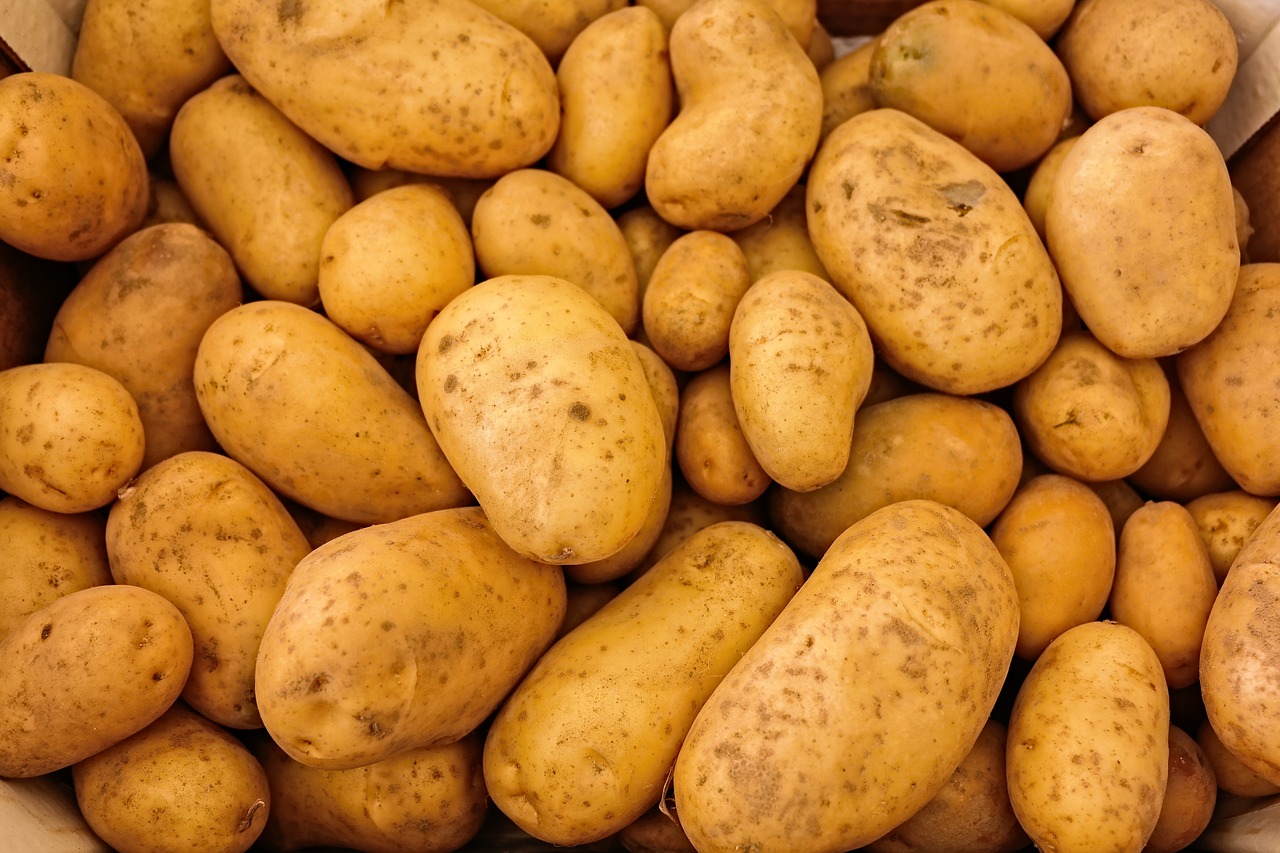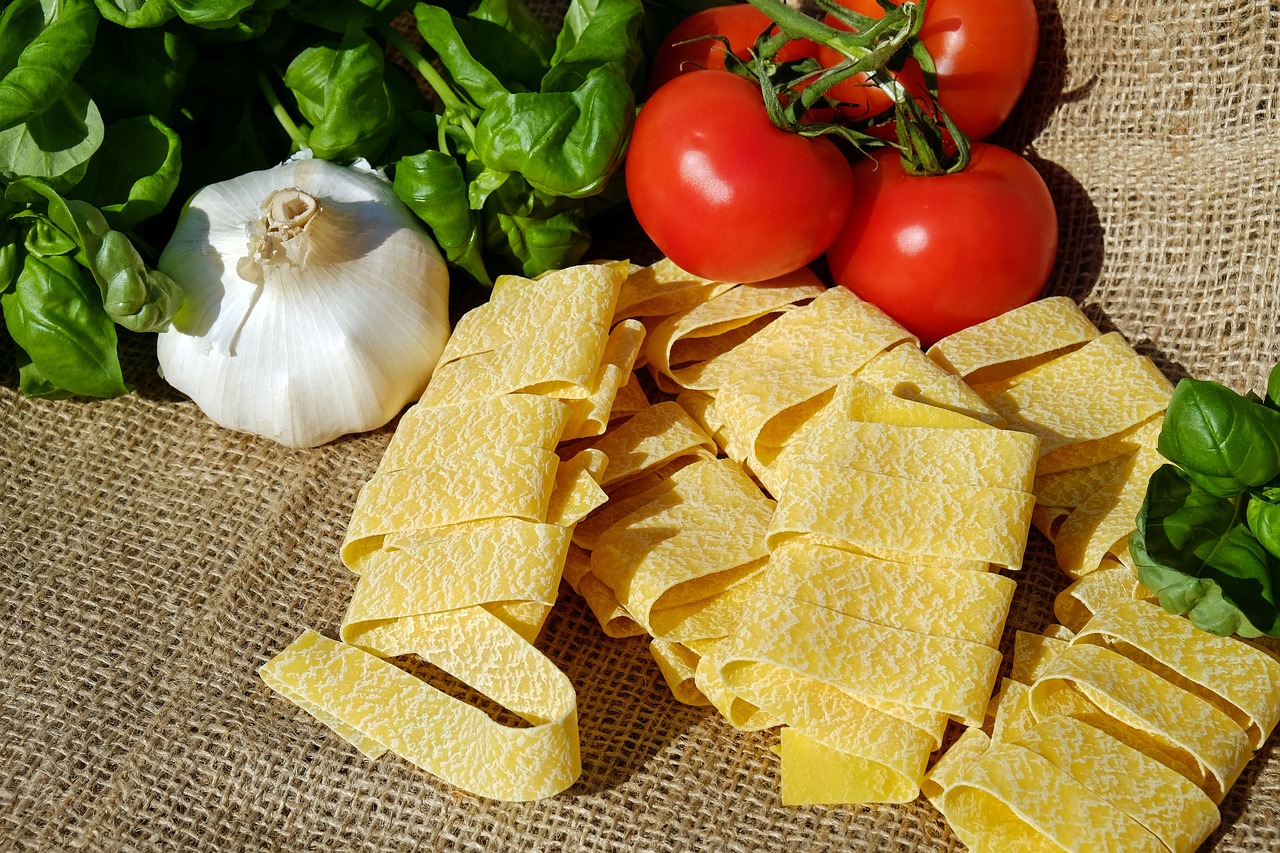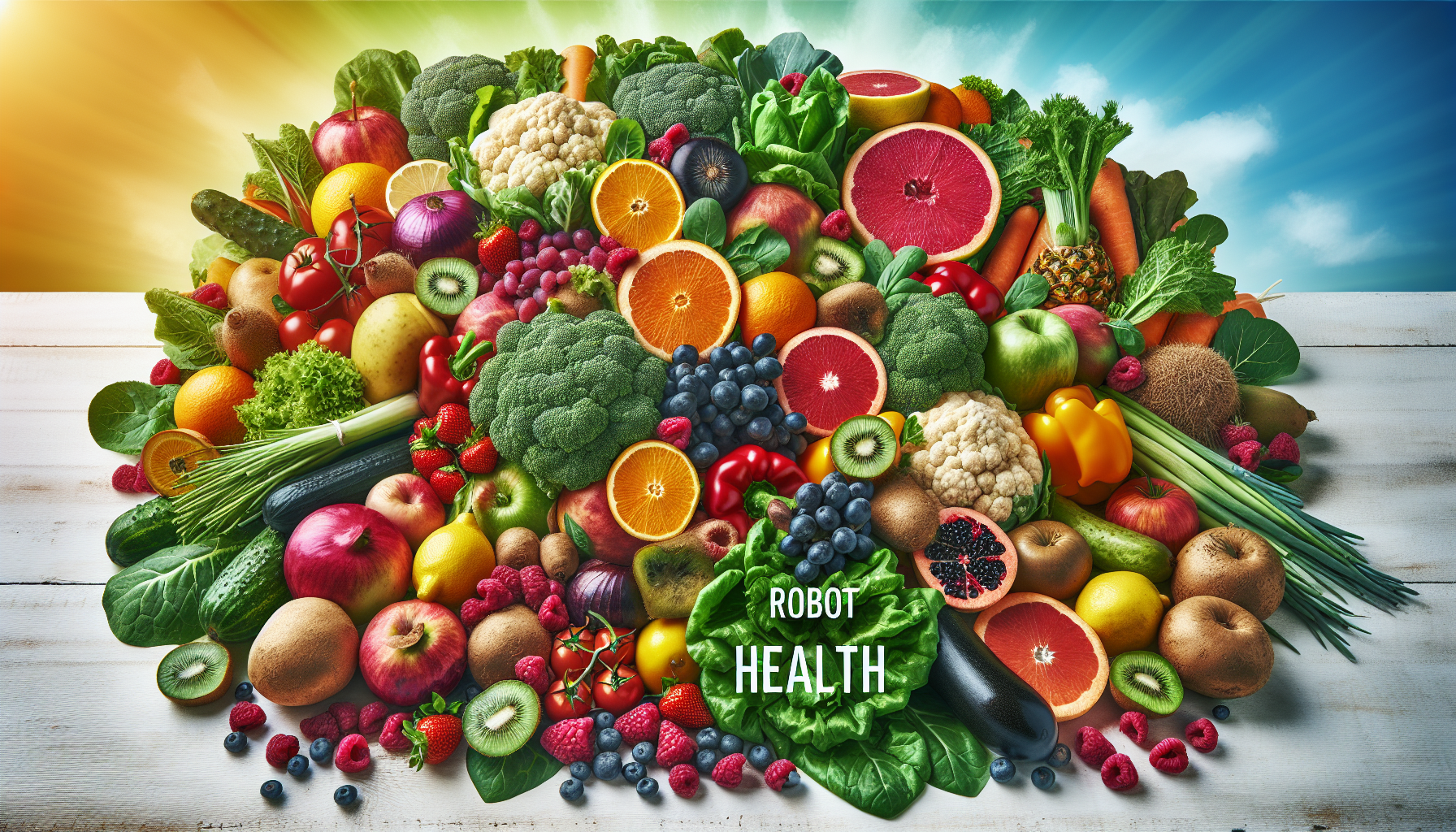If you’re looking to reboot your eating habits and embrace a healthier lifestyle, the Raw Food Diet might just be the perfect fit for you. This diet focuses on consuming uncooked, unprocessed foods, such as fruits, vegetables, nuts, and seeds, to maximize the nutritional benefits they offer. In this article, we’ll explore the ins and outs of the Raw Food Diet, including its detailed description, the numerous benefits it can provide, the potential challenges one might face, and any relevant variations. Additionally, we’ll provide suggestions for mouth-watering recipes and typical meals that align with this diet. Remember, it’s crucial to consult with a qualified health professional before embarking on any diet or recipe, as individual health needs and conditions vary. Take charge of your health today and discover the wonders of the Raw Food Diet.
Discover the Ultimate Weight Loss Secrets Here!
What is a Raw Food Diet?
A Raw Food Diet is a dietary approach that emphasizes the consumption of raw and unprocessed foods. The main idea behind this diet is that cooking and processing food can destroy the natural enzymes, vitamins, and minerals present in the food, diminishing their nutritional value. Therefore, followers of a Raw Food Diet believe that consuming food in its natural state provides the body with optimal nutrition and health benefits.
Definition
A Raw Food Diet primarily consists of uncooked and unprocessed fruits, vegetables, nuts, seeds, and sprouted grains. It typically excludes foods that have been heated above a certain temperature, usually around 118°F (48°C), to preserve the maximum amount of nutrients and enzymes. Some raw food enthusiasts may also incorporate raw dairy products, fish, or meats into their diet, depending on their personal preferences and beliefs.
Principles of a Raw Food Diet
The principles of a Raw Food Diet revolve around consuming predominantly raw and unprocessed plant-based foods. Some of the key principles include:
- High Consumption of Fresh Fruits and Vegetables: Raw food enthusiasts prioritize the intake of a variety of fruits and vegetables, which provide essential vitamins, minerals, fiber, and antioxidants.
- Raw Nuts, Seeds, and Grains: These provide healthy fats, protein, and other vital nutrients. Sprouted grains are often favored as they are considered more easily digestible.
- Juicing and Blending: Juicing and blending fruits and vegetables are popular methods of consuming a large amount of nutrients in a convenient and easily digestible way.
- Avoidance of Processed Foods and Cooking: Raw foodists avoid processed foods, refined sugars, and cooking at high temperatures to retain the nutritional value of the food.
- Emphasis on Organic and Locally Sourced Foods: Choosing organic and locally sourced foods is preferred to minimize exposure to pesticides and support sustainable agriculture.
Benefits of a Raw Food Diet
Following a Raw Food Diet can offer several potential benefits for your health and well-being. While individual results may vary, the following benefits are commonly associated with this dietary approach.
Increased Nutrient Intake
One of the main advantages of a Raw Food Diet is the increased intake of essential nutrients. Raw fruits and vegetables are rich in vitamins, minerals, enzymes, and antioxidants, which can support your overall health and immune system. By consuming these foods in their unprocessed state, you can ensure that you are getting the maximum amount of nutrients from your diet.
Improved Digestion
Raw foods, especially fruits and vegetables, are high in fiber, which aids in digestive health. The natural enzymes present in raw foods can also support the digestive process, helping to break down and absorb nutrients more efficiently. This can result in improved digestion, reduced bloating, and better bowel regularity.
Boosted Energy Levels
Many individuals report increased energy levels and improved vitality when following a Raw Food Diet. Raw foods are easily assimilated by the body, providing a more readily available source of energy. Additionally, the high nutrient content and absence of processed foods can contribute to higher energy levels throughout the day.
Weight Loss and Maintenance
A Raw Food Diet can be an effective way to manage weight due to its emphasis on whole, unprocessed foods and the exclusion of calorie-dense processed foods. Raw fruits and vegetables are generally lower in calories and higher in fiber, which can help you feel satisfied while consuming fewer calories. Additionally, the high water content in raw foods can contribute to feelings of fullness and reduce the likelihood of overeating.
Improved Skin Health
The abundance of vitamins, minerals, and antioxidants in raw foods can have a positive impact on your skin health. These nutrients contribute to a healthy complexion, improved skin elasticity, and a reduction in common skin issues such as acne and inflammation. Additionally, consuming a Raw Food Diet promotes hydration, which is vital for maintaining healthy, glowing skin.

Click Here for Proven Fat-Burning Strategies!
Potential Challenges of a Raw Food Diet
While a Raw Food Diet has its fair share of benefits, it is important to consider the potential challenges associated with this dietary approach. It may not be suitable for everyone, and certain factors should be taken into account before embarking on this lifestyle change.
Meeting Nutritional Needs
One of the primary concerns when following a Raw Food Diet is the ability to meet all of your nutritional needs. While raw fruits and vegetables are nutrient-dense, certain essential nutrients such as vitamin B12, iron, and omega-3 fatty acids may be limited in a strictly raw plant-based diet. It is important to find alternative sources or consider appropriate supplementation to ensure you are getting all the necessary nutrients.
Food Safety Concerns
Raw foods, especially those of animal origin, carry a higher risk of foodborne illnesses such as Salmonella or E. coli. It is crucial to carefully source and handle raw foods to minimize the risk of contamination. Proper food safety practices, including thorough washing and rinsing of produce, are essential when consuming raw foods to reduce the chances of foodborne illness.
Time and Preparation
Following a Raw Food Diet often requires more time and effort in meal preparation. Raw foods may need to be soaked, sprouted, juiced, or blended, which can be time-consuming. Moreover, finding a variety of raw recipes that are both satisfying and nutritionally balanced may require extensive research and planning.
Social and Practical Challenges
Adhering to a Raw Food Diet can present social and practical challenges. Eating out or attending social events may become more difficult as options for raw, unprocessed foods may be limited. Additionally, having a predominantly raw diet may require specialized equipment or expensive ingredients, which may not be easily accessible to everyone.
Transitioning to a Raw Food Diet
Transitioning to a Raw Food Diet can be a significant change for some individuals. It is recommended to gradually introduce more raw foods into your diet rather than making an abrupt switch. This allows your body to adapt to the higher fiber content and minimizes any potential digestive issues. Consulting with a health professional or registered dietitian before starting a Raw Food Diet can help ensure a smooth transition and personalized guidance.
Specific Variations of a Raw Food Diet
There are several specific variations of a Raw Food Diet, each with its own unique principles and guidelines. These variations cater to different dietary preferences and beliefs. It is important to note that these variations should be followed under the guidance of a qualified health professional.
Raw Vegan Diet
The Raw Vegan Diet excludes all animal products, including meat, fish, dairy, and eggs, while focusing on consuming raw fruits, vegetables, nuts, seeds, and sprouted grains. Many raw vegans also include fermented foods such as sauerkraut and kimchi in their diet for their probiotic benefits.
Raw Vegetarian Diet
Similar to a Raw Vegan Diet, a Raw Vegetarian Diet includes raw fruits, vegetables, nuts, seeds, and sprouted grains but may also incorporate raw dairy products like unpasteurized milk, cheese, or yogurt, as well as raw eggs. This variation offers more flexibility in terms of animal product consumption.
Raw Paleo Diet
The Raw Paleo Diet combines the principles of raw foodism with those of the Paleolithic (Paleo) Diet. In addition to raw fruits, vegetables, nuts, seeds, and sprouted grains, the Raw Paleo Diet includes raw meats, fish, and organs, along with raw honey. This variation seeks to mimic the dietary patterns of our early ancestors.
80/10/10 Diet
The 80/10/10 Diet, also known as the Low Fat Raw Vegan Diet, emphasizes a specific macronutrient ratio. It suggests that 80% of daily calories should come from carbohydrates, predominantly from fruits and leafy greens, while 10% should come from protein and 10% from fat. This variation is popular among raw vegans seeking optimal performance and athletic endurance.

Getting Started with a Raw Food Diet
If you are considering transitioning to a Raw Food Diet, it is essential to approach it with the right mindset and adequate preparation. Here are some steps to get you started:
Consultation with a Health Professional
Before making any significant dietary changes, it is crucial to consult with a qualified health professional, such as a nutritionist or dietitian. They can assess your individual health needs, guide you through the transition process, and ensure that the Raw Food Diet is suitable for you.
Gradual Transitioning
Rather than making an abrupt switch, gradually introduce more raw foods into your daily meals. Begin by incorporating a few raw meals or snacks each day and gradually increase the amount over time. This allows your body to adapt to the change and minimizes any potential digestive discomfort.
Stocking up on Fresh Produce
To follow a Raw Food Diet, it is important to have a consistent supply of fresh, organic, and locally sourced fruits and vegetables. Stock up on a variety of produce to ensure a diverse and well-rounded diet. Visit local farmers’ markets or join a community-supported agriculture (CSA) program to access fresh produce.
Kitchen Tools and Equipment
Investing in the right kitchen tools and equipment can make a significant difference in your raw food preparation. Consider purchasing a high-quality blender, food processor, dehydrator, and spiralizer to expand your raw culinary options and make meal preparation easier.
Meal Planning and Preparation
Planning your meals in advance can help you stay on track with a Raw Food Diet. Look for raw food recipes, create a weekly meal plan, and make a shopping list to ensure you have all the necessary ingredients. Dedicate time for food preparation, such as soaking nuts or sprouting grains, to streamline the cooking process.
Recipes and Typical Meals
Here are a few recipe ideas to give you a taste of the variety and creativity that can be achieved with a Raw Food Diet:
Green Smoothie Bowl
Blend together a handful of spinach or kale, frozen bananas, a cup of berries, and a splash of almond milk. Pour the mixture into a bowl and top it with sliced fruits, shredded coconut, and a sprinkle of chia seeds for a nutritious and refreshing start to your day.
Zucchini Noodles with Pesto
Spiralize zucchini into thin pasta-like noodles. Toss them with a homemade pesto made from fresh basil leaves, pine nuts, garlic, lemon juice, and olive oil. Add cherry tomatoes, olives, and a sprinkle of nutritional yeast for a satisfying and flavorful meal.
Raw Pad Thai
Create a raw version of the classic Pad Thai by using spiralized or julienned vegetables such as carrots, zucchini, and bell peppers. Prepare a tangy sauce using almond butter, lime juice, tamari, and a touch of maple syrup. Garnish with chopped peanuts and fresh herbs for an Asian-inspired delight.
Raw Chocolate Avocado Mousse
In a blender, combine ripe avocados, raw cacao powder, dates, a splash of almond milk, and a pinch of sea salt. Blend until smooth and creamy. Serve the rich chocolate mousse chilled, topped with fresh berries or a sprinkle of cacao nibs for a decadent dessert.
Sprouted Quinoa Salad
Soak and sprout quinoa until it develops a slight crunch. Mix it with diced cucumber, bell pepper, cherry tomatoes, fresh herbs, and a tangy dressing made from lemon juice, olive oil, and Dijon mustard. This vibrant and nutrient-packed salad can be enjoyed as a light lunch or side dish.
Important Considerations
While a Raw Food Diet can offer numerous health benefits, it is essential to approach it with caution and under the guidance of a qualified health professional. Here are some key considerations to keep in mind:
Consult a Professional
Prioritize a consultation with a qualified nutritionist, dietitian, or healthcare professional before starting a Raw Food Diet. They can assess your unique health needs, provide personalized advice, and help ensure that the diet aligns with your overall health goals.
Individual Health Needs
Everyone’s nutritional requirements and health conditions are different. What works for one person may not work for another. Consider any existing health conditions, allergies, food sensitivities, or nutritional deficiencies that may impact your ability to follow a Raw Food Diet. Customizing the diet to meet your specific needs is crucial for long-term success.
Food Safety Precautions
Raw foods, especially those of animal origin, have an increased risk of foodborne illnesses. To minimize the risk, practice proper food safety precautions such as thorough washing and rinsing of produce, careful handling and storage of raw foods, and sourcing ingredients from reputable and trustworthy suppliers.
Gradual Transitioning
Allow your body to adapt gradually to the changes associated with a Raw Food Diet. Start by incorporating more raw foods into your meals and listen to your body’s responses. Pay attention to any digestive discomfort or other adverse reactions and adjust your diet accordingly.
Balanced Nutritional Intake
Ensure that your Raw Food Diet provides a balanced intake of essential nutrients. Consider working with a health professional to identify potential nutrient gaps and explore suitable supplementation if needed. Strive to include a variety of fruits, vegetables, nuts, seeds, and sprouted grains to obtain a wide range of vitamins, minerals, and antioxidants.
In conclusion, a Raw Food Diet is a dietary approach that emphasizes the consumption of raw and unprocessed foods. It offers potential benefits such as increased nutrient intake, improved digestion, boosted energy levels, weight loss and maintenance, and improved skin health. However, it also poses potential challenges related to meeting nutritional needs, food safety concerns, time and preparation, social and practical challenges, and transitioning to the diet. It is crucial to approach a Raw Food Diet with caution, consult with a qualified health professional, and ensure it is personalized to meet your individual health needs and conditions. Remember, this article serves as a general overview and should not replace personalized guidance from a healthcare professional.

